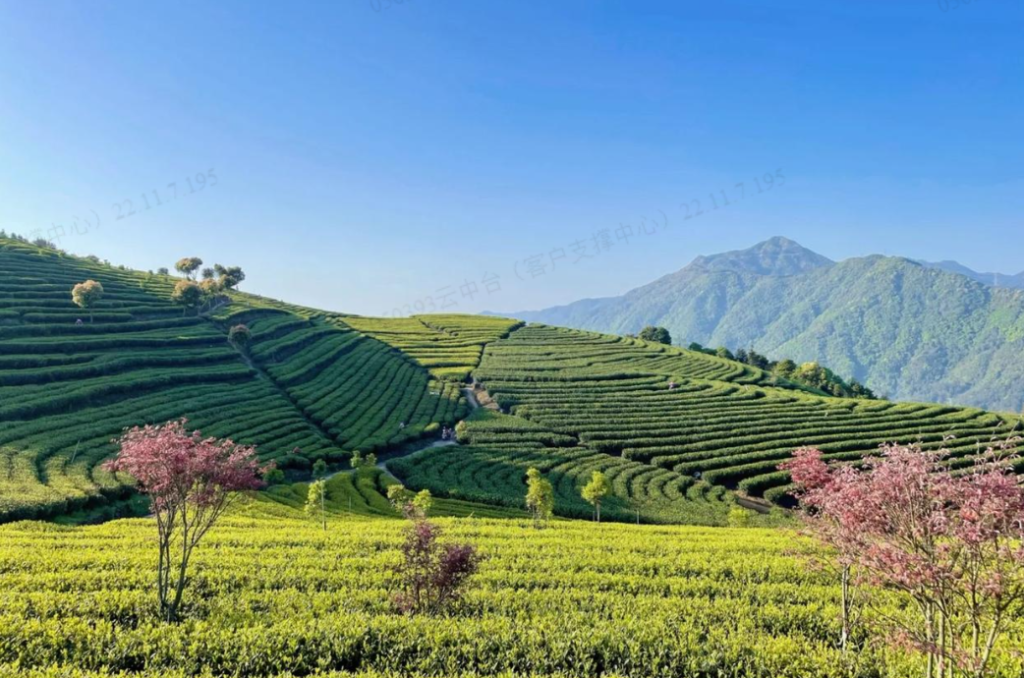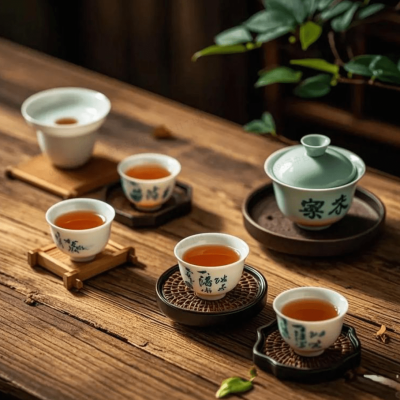The 30°N latitude traverses the globe, connecting legendary tea regions including Hangzhou (China), Shizuoka (Japan), Darjeeling (India), and the Atlas Mountains (Morocco). This mysterious latitude holds the perfect code for tea cultivation: a mild climate with 15-20°C annual average temperature, abundant mist nourishment, and mineral-rich acidic red soil, jointly nurturing Longjing’s orchid aroma, matcha’s fresh umami, Darjeeling’s muscatel notes, and Moroccan mint tea’s refreshing coolness.
Tea culture along this latitude has evolved unique spiritual symbols. Chinese literati integrated tea ceremony with landscape poetry and painting, developing the philosophy of “refined conduct and virtuous frugality”. Japanese tea master Sen no Rikyu interpreted “harmony, respect, purity, and tranquility” as the Zen-tea unity. Moroccans perform a three-pour mint tea ritual with silver pots, embodying desert hospitality. The Ancient Tea-Horse Road and Maritime Silk Road transformed tea into cultural ambassadors connecting East and West – Buddhist monks practiced meditation with tea, Arab traders exchanged tea for treasures, and European aristocracy became enamored with the oriental leaves painted on porcelain.
Modern 30°N tea regions continue writing legends: Hangzhou’s Lion Peak Mountain preserves Ming Dynasty pan-firing techniques, Shizuoka farmers monitor fermentation temperatures with AI, while Darjeeling estates practice biodynamic cultivation. This tea homeland serves both as guardian of traditional craftsmanship and laboratory for tea technology revolution.



